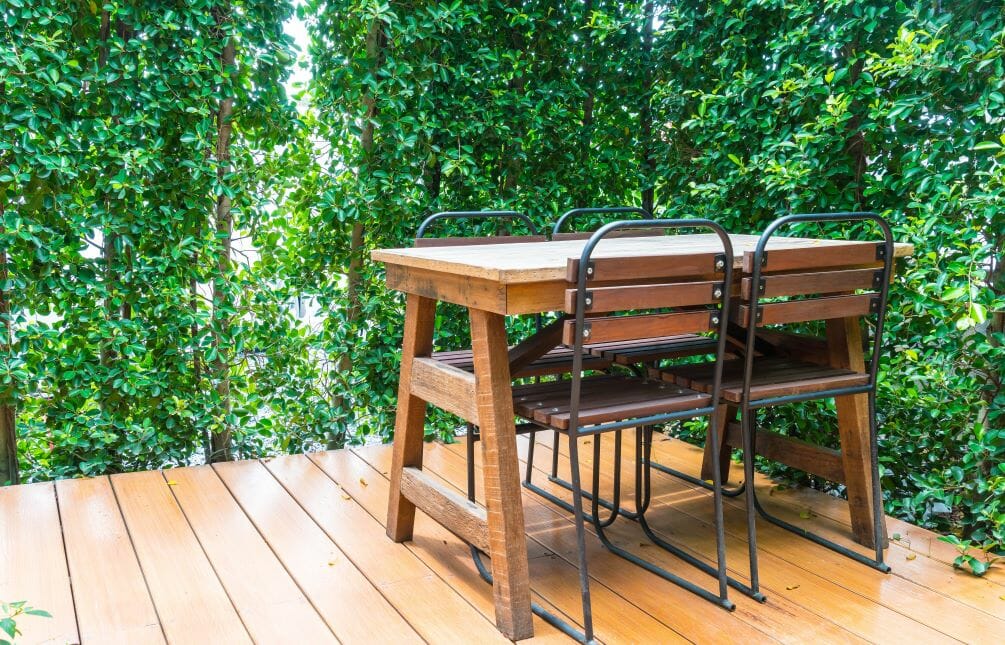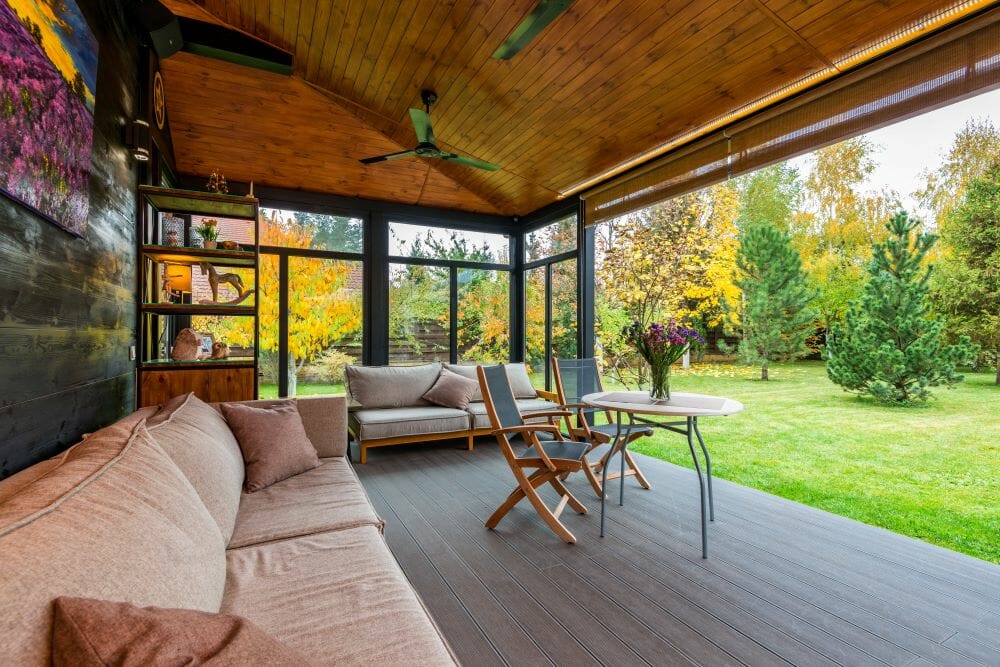Three solutions for the terrace

Three solutions for the terrace
Who doesn’t dream of stretching out their legs in a soft chair and sipping coffee on their own terrace in the summer? It is like a mandatory attribute of one’s own house and a cozy center of attraction. However, before enjoying the benefits of the terrace, you need to think about what you want and how to achieve it. Here are three main stages-decisions that you must consider before installing the terrace.
Three patio decisions to make before the patio installers arrive:
The first decision is the location of the terrace
Installing a terrace does not take long, but if installed in the wrong place, you may have to suffer inconvenience for a long time. Here, for example, the northern wall of the house is not very suitable, because there will be no sun and it will be constantly cool. The south can become a real “bakery” during the summer heat. The most ideal place is the southwest. However, it is not only necessary to choose a place according to the directions of the world. Take a look at where there is a nicer view, where there is a nicer place (e.g. a view of the rock garden), where it is more convenient, where the entrance to the house is closer. After putting together all the pros and cons and consulting with friends (or specialists) who have already installed terraces, decide on a place.
The second solution is terrace boards
Wood is the coziest and warmest material for furnishing a terrace, especially for the floor. It is comfortable to sit on the wooden floor and to walk barefoot. But which decking boards to choose?
Thermally treated terrace boards
Thermal wood is wood that has been treated with heat and as a result has become much more resistant to moisture, rotting, fungus, it does not absorb moisture, and the aesthetic appearance is really good. Since ancient times, fire-treated wood has been used outdoors, under the open sky.
Wood composite decking boards
Wood composite is a product of wood, plastic and certain chemical elements, sometimes called wood-plastic terrace boards. These boards have a unique shape and beautiful design. Wood composite boards are extremely resistant to weathering, so they are also suitable for terraces without a roof, they often retain their color and shape in any conditions, of course if it is a quality product.
Impregnated pine terrace boards
Pine is a local wood, so it is one of the cheapest options on the market, maintaining an attractive price-quality ratio. The boards are impregnated, painted or oiled after installation – this helps to extend the life of the wood. Decking boards are usually smooth or ribbed and can be painted to any desired shade, making it easy to match any exterior.
Larch terrace boards
Siberian larch is naturally gifted by nature, a tough and tough tree. It can be said that this is the optimal option in terms of price and quality. So it is not at all surprising that this wood has been widely used for outdoor structures for many years. Today, larch terrace boards are one of the most popular in Lithuania, and we would not be mistaken when we say that at least half of your neighbors have covered their terraces with larch boards.
Depending on the selected decking boards, you also need to choose fasteners. But trust the professionals in this area, they know what fasteners are needed in a particular case. For wooden deck boards, wood screws are usually used, and there is also the option of fixing with special nails or hidden fastener systems, when the board is not drilled through. Wood screws provide cushioning when the terrace moves (when people walk or when the seasons and temperatures change), while fixing with nails leaves the possibility that after several seasons, you will have to find a hammer hidden deep in the garage and re-hammer the nails.
The third solution is a handrail
If the place where you plan to install the terrace is on a slope or just above the terrain of the plot, there is nothing to worry about, the terrace is even nicer when it is higher above the ground. But then you have to think about railings. A general rule and recommendation is that handrails are mandatory if the height of the terrace from the ground is over 40 cm. A careless step and a fall from a height of even 20 cm can be painful, let alone half a meter. If the railings on all sides do not look stylish to you, incorporate flower beds – this will be a sufficient barrier and protection for people and children walking on the terrace.
We hope that the three patio decisions you make early in your patio installation will help make your dream patio project go as smoothly as possible.


